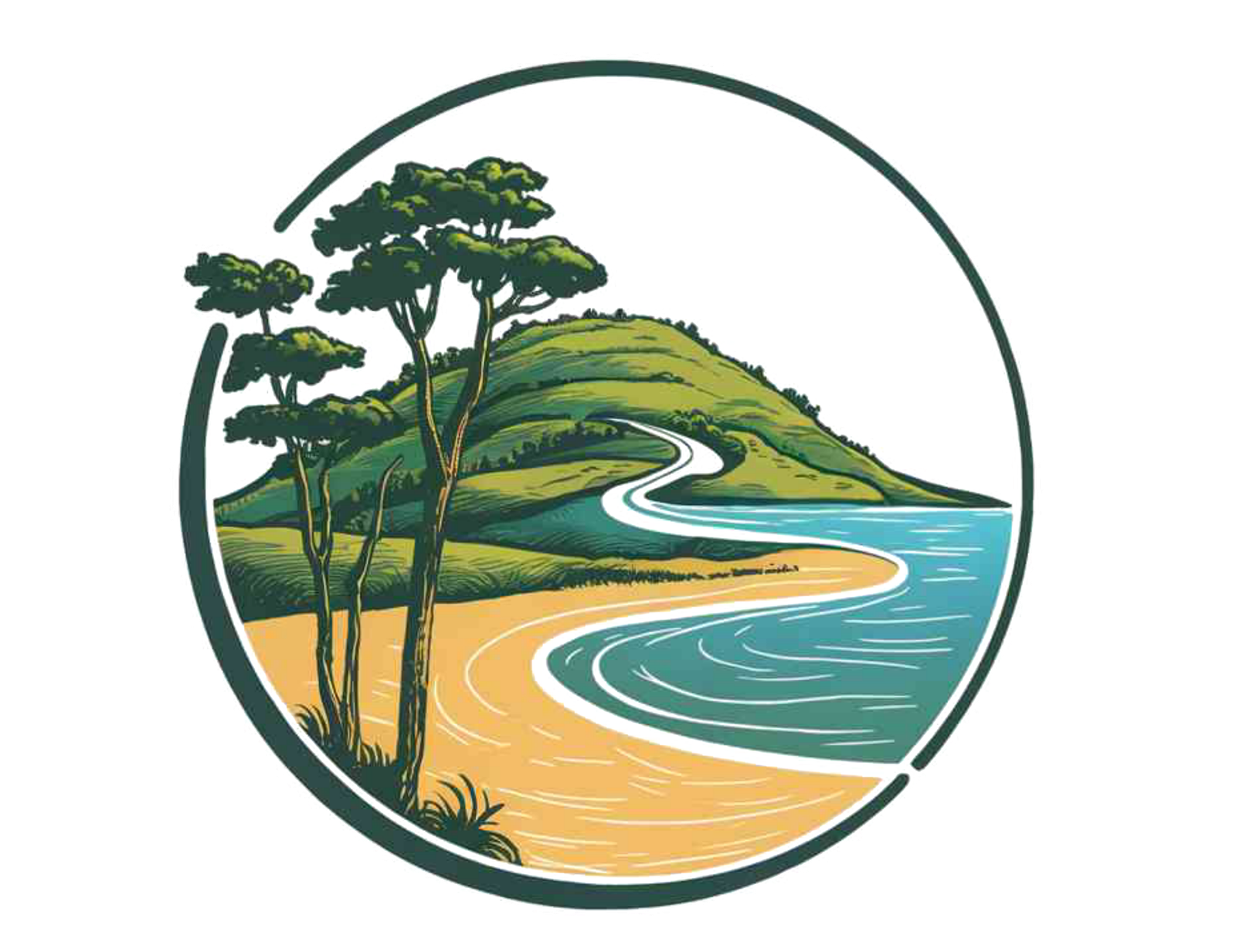Cuyahoga Valley National Park
Best Time to Visit the Park
Every season offers something to cherish in the park, whether it’s observing wildlife, experiencing the changing environment, or exploring the trail conditions. The appearance of trees, water, and rocks changes with each season.
Spring (April-May)
Spring is one of the best times to visit the park. The temperatures are pleasant, offering beautiful landscapes. While it is a rainy season, it is suitable for hiking. The vibrant wildflowers and splashing waterfalls attract many travelers. The park sees fewer visitors during this time, enhancing wildlife-watching opportunities. The average temperatures in April range from a maximum of 57°F to a minimum of 39°F.
Fall (September-October)
This time of year features the outstanding view of autumn foliage. Comfortable weather and smaller crowds make this season one of the best times to visit the park. October temperatures range from 46°F to 61°F. The hiking trails are in good condition, and the overlooks are stunning. This is also the cheapest time, as hotel reservations and flight tickets are reasonably priced.
Winter (November-January)
Winter brings cold temperatures and heavy snowfall throughout the park. Snowshoeing and cross-country skiing are popular winter activities. The temperature variations are as follows:
- November: 36°F to 48°F
- December: 28°F to 38°F
- January: 19°F to 35°F
Summer (June-August)
Summer is the busiest time in the park, with kids and families visiting during summer vacation. The average temperatures range from 58°F to 80°F. Despite high humidity, the summer climate attracts many visitors.
Things to Know
Cuyahoga Valley National Park is located in the state of Ohio, spanning over Cleveland and Akron. It includes the Cuyahoga River and areas of deciduous forest. Initially developed as Cuyahoga Valley National Recreation Area, it was designated a national park in 2000. The park covers an area of 32,783 acres and is administered by the National Park Service. It was the 9th most visited park in 2022, attracting more than 2.9 million visitors.
How to Get There
If you are driving, take Interstate-77 to get to the park. Once inside, you have two suggested scenic drive routes.
You can also choose the Cuyahoga Valley Scenic Railroad, or if you prefer to fly, book a flight to Cleveland Hopkins International Airport.
Lodges
Two inns provide services within the park:
- Stanford House
- Inn at Brandywine Falls
Entrance Fees
No entrance fees are required.
Main Attractions of the Park
- Waterfalls
Around 100 waterfalls are spread throughout the park. The Brandywine and Bridal Veil Falls are easily accessible via short boardwalks. Other recommended waterfalls include Blue Hen, Buttermilk, and Great Falls.
- Brandywine Falls
Brandywine is a popular spot in the park and often crowded. To avoid the rush, visit early in the morning. The evening view is also spectacular. Spring is the best time to visit, as melting snow makes the waterfall more impressive. The waterfall is about 65 feet high.
- Ohio and Erie Canal Towpath Trail
Historically, goods were transported through northeast Ohio via a canal system. The paths are now used for hiking and biking trails. The Towpath Trail is popular for its scenic beauty. The scenic drive on the trail is comfortable and enjoyable, as it is mostly flat. There are shops and restaurants near the trailhead.
- Canal Exploration Center
Learn more about canal history and the story of John Malvin, a free Black canal boat captain. Discover information about the people of that time, the canal lock system, and the mules used to pull boats.
- Cuyahoga Valley Scenic Railroad
The railroad running through the park is a fantastic feature of Cuyahoga. Riding the train through the scenic railroad is a favorite activity among visitors. Especially in autumn, when the park bursts into colors, people love the view. The railroads offer scenic rides, themed trips, and the Bike Aboard program. If you don’t want to spend the entire time on the train, opt for the Bike/Hike Aboard program, where you can take the train one way and return by bike or hike.
- Szalay’s
Szalay’s Sweet Corn Farm and Market are must-visit spots. In the summer, visit the market or pass by the Towpath Trail. They offer fresh and canned goods, snacks like grilled sweet corn, and outdoor seating at fun glider tables. Corn mazes and pumpkins are available in the fall. The farm market has been in operation since 1931 and is a must-try place.
- Hiking Trails
According to the National Park Service, the park has around 125 miles of trails. The Virginia Kendall Ledges Trail is particularly prominent. This 2.2-mile trail offers a forested landscape, gigantic limestone boulders, caves, and cliffs. Other trails include:
- Buckeye Trail
- Deer Run Trail
- Furnace Run Trail
- Oak Hill and Plateau Trails
Things to Do
Guided Tours
Train Rides
Hiking
Fishing
Visiting the Canal Exploration Center
Biking
Bird Watching
Paddling the River
Visiting Farmer Markets
Pros and Cons
Pros
Preserved Historic Resources
Cultural Landscape
Natural Views
Cons
Insects
Crowds in Summer
Achievements
Cuyahoga Valley National Park offers numerous trails, waterfalls, a covered bridge, information centers, and ski resorts. Visitors can experience the scenic railroad, biking, and hiking opportunities. Information and exhibits can be found at the Boston Mill Visitor Center, Cuyahoga Valley National Park Visitor Center, and the Canal Exploration Center. The stunning views of waterfalls and wilderness attract many visitors. Summer is the peak season, so plan in advance to secure reservations.
